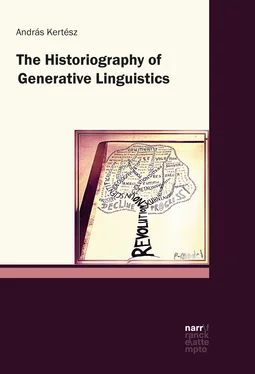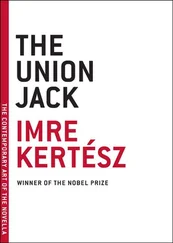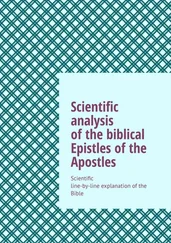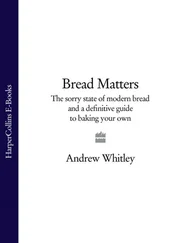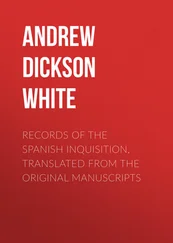Second, JägerJäger, Ludwig finds it paradoxical that while, on the one hand, cognitivecognitive science, according to its own judgment, has made much progressprogress regarding the analysis of particular aspects of languagelanguage, on the other hand, as a result of this ›progress‹, linguistics has lost control over its object of research, namely, the definition of ›language‹ (Jäger 1993a: 90). As a consequence of the rigid adjustment to the methodologymethodology of the natural sciencesciencenaturals, referred to as the ›aggressor‹, the historyhistory of the Chomskyan theories is nothing but the history of the erosionerosion of ›language‹, as the object of linguistics (Jäger 1993a: 79). In the course of this process, the object of research has narrowed down to such an extent that linguistics is not even capable of retaining its disciplinary identity.
Third, similarly to AarsleffAarsleff, Hans (1970), KoernerKoerner, E.F. Konrad (1989), (2002) and (2004), as well as MurrayMurray, Stephen O. (1994), JägerJäger, Ludwig claims that generativists rewrite the historyhistory of linguistics in a biasedbias manner. They highlight only scientisticscientism views by glorifying them and hiding their shortcomings. In this way, they also distort or simply deny the progressive elements of theories belonging to the hermeneutic-functionalhermeneutic-functional tradition without which, however, modern linguistics could not have come into existence.2
JägerJäger, Ludwig offers the following solution to (P):
| (SP18) |
The basic terms of the historiographyhistoriography of generative linguistics are ›erosion‹erosion and ›decline‹decline with respect to the Theory of Government and Binding,Government and Binding, Theory of its central hypothesis is (T17) and its framework is comparison to the hermeneutic-functionalhermeneutic-functional tradition. |
2.5 ›The Minimalist ProgramMinimalist Program‹ (ChomskyChomsky, Noam 1995)
2.5.0 Background information
The following characteristics of minimalismminimalism (see e.g. Piatelli-PalmariniPiatelli-Palmarini, Massimo 1998; BoeckxBoeckx, Cedric 2006) should be highlighted:
The leading principles of grammargrammar are economyeconomy, virtual conceptual necessityvirtual conceptual necessity, perfectionperfection and symmetrysymmetry.1 ›Economy‹ means that only the minimal number of operations and symbols necessary for obtaining the output of analyses should be assumed. ›Virtual conceptual necessity‹ refers to the assumption that there are a series of ›big facts‹ we know about languagelanguage and that these should be captured by any linguistic theorytheory. Since theories may be wrong, ›conceptual necessity‹ is only ›virtual‹. As regards ›perfection‹, the starting idea is that the human language faculty is part of the biologicalbiology constitution of humans and thus part of nature.2 Nature is the way it is because this is the only way it could be. In this sense, nature is simple and perfect. Hence, since the language faculty is part of nature and nature is simple and perfect, language is simple and perfect in the same sense, too. ›Symmetry‹ is closely related to economy and virtual conceptual necessity. Namely, if there is symmetry, then the operations involved in generating structures will be few in number and simple, and it will be easier to construct a theory characterized, among others, by virtual conceptual necessity.
The Minimalist ProgramMinimalist Program presupposes the Theory of Principles and ParametersPrinciples and Parameters, Theory of. Nevertheless, the analytic and explanatory apparatus has been radically simplified.
As already declared within the Principles and Parameters framework, linguistics is considered to be a natural sciencesciencenatural, specifically, biologybiology.
The GalileanGalilean style in science has been applied (already advocated in Government-BindingGovernment and Binding, Theory of Theory).3 In ChomskyChomsky, Noam’s interpretation, the ›Galilean style in science‹ consists of three components (for discussion see BothaBotha, Rudolph P 1983, BoeckxBoeckx, Cedric 2006, 2010, FreidinFreidin, Robert 2007, Freidin & VergnaudVergnaud, Jean-Roger 2001, RiemerRiemer, Nick 2009).4 The first is the conviction that the way nature works can be captured by mathematicalmathematical structures. According to the second, one may reach a deep understanding of the universe by abstracting from what can be observed on the surface of phenomena. The third is what the literature calls ›epistemological tolerance‹ and considers the key component of Chomsky’s idea of the ›Galilean style in science‹ (Botha 1983, KlausenburgerKlausenburger, Jürgen 1983, Riemer 2009, KertészKertész, András 2012). Contradictionscontradiction between the datadata and the hypotheses may be temporarily tolerated, in the hope that later development will resolve them, and in order to protect the explanatory principles.
As minimalismminimalism is not a well-established theorytheory, but only a program, it enables us to evaluate such alternative solutions to various problems that a maturemature theory would not permit (see e.g. BoeckxBoeckx, Cedric 2006).5
2.5.1 Revolution
2.5.1.1 Revolution within a revolutionrevolutionwithin a revolution
As with every stage of generative linguistics, minimalismminimalism (ChomskyChomsky, Noam, 1995) has also been the object of debates and divided the professional community. According to one extreme view, »[…] the Minimalist ProgramMinimalist Program is indeed a revolution within a revolutionrevolutionwithin a revolution« (Piatelli-PalmariniPiatelli-Palmarini, Massimo 1998: xxii). Thus, the thesis:
| (T19) |
The Minimalist ProgramMinimalist Program is a revolution within the revolution of generative linguistics. |
It is not clear in what historiographicalhistoriography framework and in what sense Piatelli-PalmariniPiatelli-Palmarini, Massimo uses the term ›revolution within a revolutionrevolutionwithin a revolution‹. Nevertheless, as JosephJoseph, John E. (1995: 380) mentions in a different context, the idea of constant revolution is not compatible with the KuhnianKuhnian framework . Therefore, Piatelli-Palmarini’s stance cannot be supported by Kuhnian considerations.
The following solution is offered for (P):
| (SP19) |
The basic term of the historiographyhistoriography of generative linguistics is ›revolution within a revolution‹revolutionwithin a revolution with respect to the Minimalist Program,Minimalist Program its central hypothesis is (T18) and its framework is undefined. |
2.5.1.2 Lakatosian research programresearchprogram
BoeckxBoeckx, Cedric does not question the revolutionaryrevolutionary nature of generative linguistics.1 However, he thinks its significance can be best understood in the light of mentalismmentalism and biolinguistics which evolved into minimalismminimalism. Therefore, we did not go into Boeckx’s view in discussing Syntactic Structures Syntactic Structures but present it at relative length with respect to minimalism.
BoeckxBoeckx, Cedric’s argumentation centers on the view that the basic features of minimalismminimalism are identical to those of ›scientificscientific research programresearchprograms‹ in the sense of LakatosLakatos, Imre (1970b). Boeckx (2006) argues for the following thesis:2
| (T20) |
The Minimalist ProgramMinimalist Program is a research programresearchprogram in the sense of LakatosLakatos, Imre (1970b). |
We summarize the main features of the Lakatosian framework below.
BoeckxBoeckx, Cedric’s argumentation revolves around the view that the basic features of minimalismminimalism are identical to those of ›scientificscientific research programresearchprograms‹ in the sense of LakatosLakatos, Imre (1970b), which are the following:
Читать дальше
